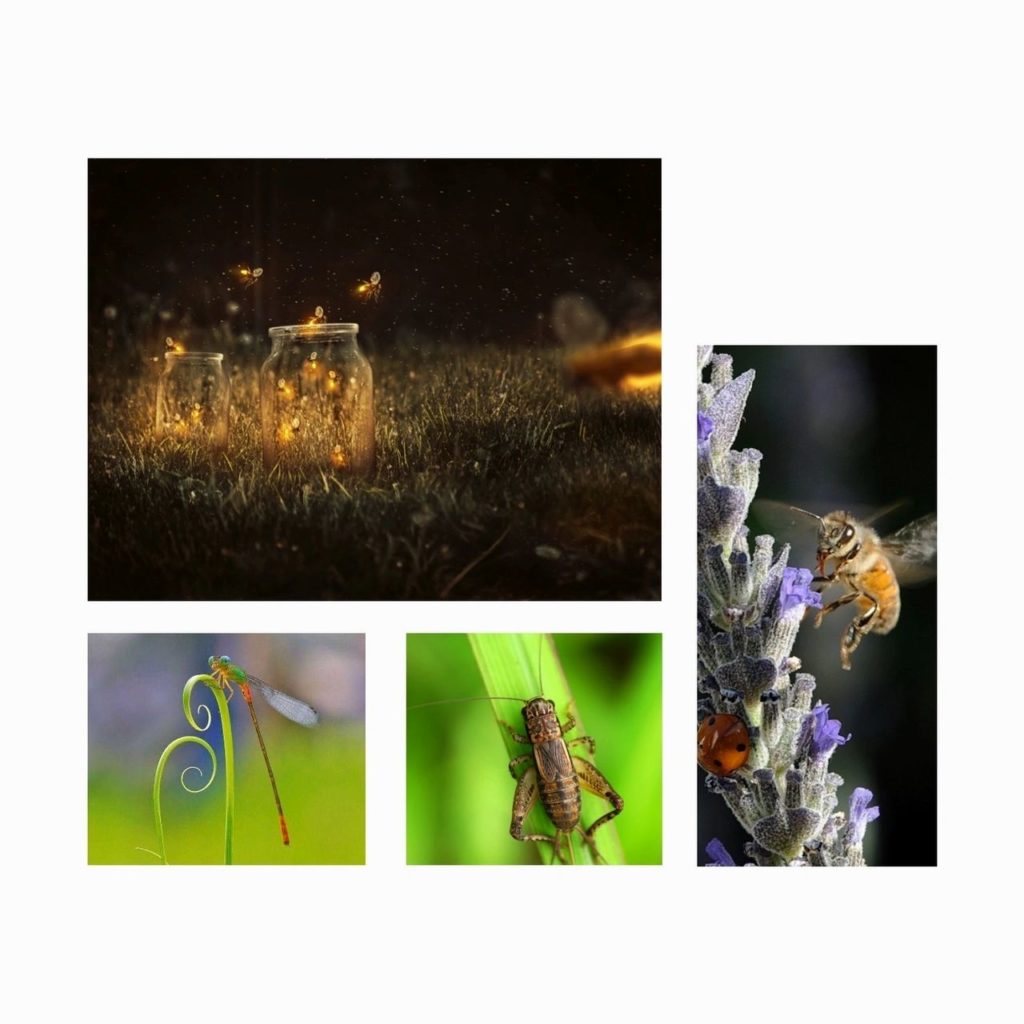Love a Bug this Valentine’s Day

On Valentine’s Day, why not show some love for some loveable bugs! Perfectly harmless and romantic in nature, these cute insects even provide a few benefits. So let’s show them we care.
Ladybugs
If you love your garden, then you should definitely love ladybugs. They feed on aphids, which are harmful to plants. Sustainable gardeners will even purchase ladybugs to add to their garden as an easy, affordable and eco friendly solution to keep pests away. The name “ladybug” was coined by European farmers who prayed to the Virgin Mary when pests began eating their crops. After ladybugs came and wiped out the invading insects, the farmers named them “beetle of Our Lady.” This eventually was shortened to “lady beetle” and “ladybug.”
Fireflies
Who doesn’t have fond childhood memories of catching lightning bugs on a warm summer night? These friendly pests are the ultimate love bug – they use their glow to attract new mates.
Dragonflies
#1 enemy to the mosquito is the dragonfly. We love dragonflies because they feed on summer’s most notorious pest and help control the population! A single dragonfly can eat 30 to hundreds of mosquitoes per day.
Crickets
Considered by many to be the most romantic pest. Crickets don’t just sing a pretty song and wait for the admirers to trickle in. Many of them have a whole repertoire of calls. There’s one for attracting females from afar, another for close-up courtship, and even a triumphal after-mating song. Crickets also sing to intimidate rival males, and some of a male’s more romantic tunes may trigger nearby females to fight each other. But after a successful mating, he chirps a song of celebration.
Honey Bees
Not only do honey bees provide us with a sweet treat, they are very social pests. They pollinate the beautiful flowers we enjoy on Valentine’s Day. And don’t forget, they pollinate more than 100 different crops across Canada.
So we ask you, what’s not to love about these cute insects?
If you like what you read, check out more of our blog posts.
